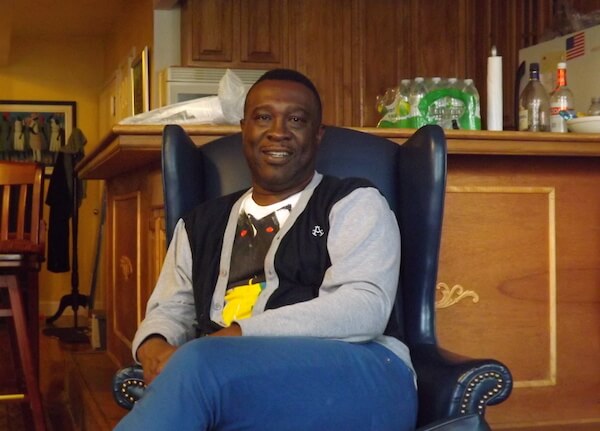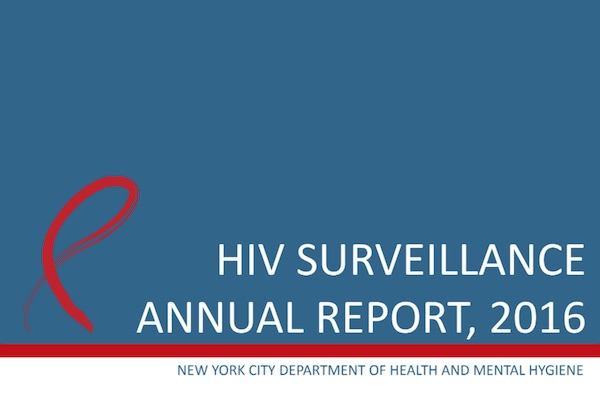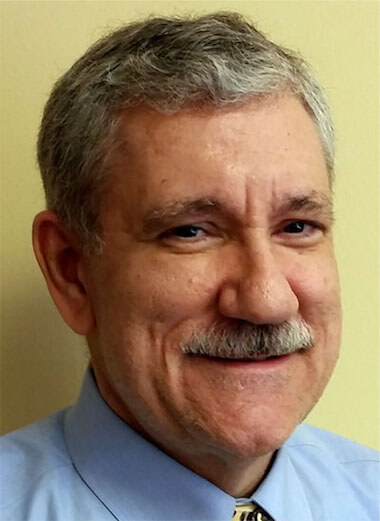Mayor Bill de Blasio announcing his 2016 executive budget at City Hall on May 7. | DEMETRIUS FREEMAN/ MAYOR PHOTOGRAPHY OFFICE
Cuts in the city’s preliminary budget to the two city agencies most likely to contribute resources to a plan to substantially reduce new HIV infections in New York were only partially restored in the proposed executive budget.
“We are officially in a recovery,” said Mayor Bill de Blasio during the presentation of his executive budget at City Hall on May 7. “It has not been a recovery for many New Yorkers.”
The $78.3 billion budget for the fiscal year that begins on July 1 is down from the $79.6 billion budget for the current fiscal year. The city is predicting a slowing in total tax revenue in 2016 over 2015 and its tax base has shrunk. While the number of employed New Yorkers has gone up from 2009 through 2014, 66 percent of the new jobs created during that time were low wage. The city is also contending with continued reductions in state and federal aid.
Fewer dollars for Human Resources Administration, which oversees HIV/ AIDS Services Administration, and department of health
“The New York City economy has been growing, but it has been growing slowly,” de Blasio said, adding that another downturn in the city’s economy could be on the horizon.
“I see so many indicators that a turn could come at any time,” he said. “If problems occur, we do not expect anyone to come and save us.”
This means cuts for the Department of Health and Mental Hygiene (DOHMH) and the Human Resources Administration (HRA).
In the preliminary budget, which was released on February 9, the DOHMH budget went from $1.760 billion in the current fiscal year to $1.708 billion in the 2016 fiscal year. The executive budget has that agency’s budget at $1.728 billion. HRA’s budget was cut from $10.472 billion to $10.334 billion from 2015 to 2016 in the February document. The executive budget funded HRA at $10.430 in 2016.
The DOHMH funds most of the city’s HIV prevention efforts. The HIV/ AIDS Services Administration (HASA) is the HRA unit that links people with AIDS to benefit programs, such as housing support, Medicaid, food stamps, and transportation assistance.
Leading AIDS groups, notably Housing Works and the Treatment Action Group, conceived of a plan to reduce new HIV infections from the current roughly 3,000 annually statewide to 750 a year by 2020. Governor Andrew Cuomo and de Blasio have endorsed the plan. With over 90 percent of the new HIV diagnoses in New York occurring in New York City, the plan will only succeed with the city’s support.
In the state budget for the fiscal year that began on April 1, Cuomo included only $10 million for the plan to fund programs at the AIDS Institute, which is part of the state health department. Advocates were looking for in excess of $100 million as a down payment on the plan. In its response to de Blasio’s preliminary budget, the City Council asked for $9.7 million to fund components of the plan at the DOHMH. That cash was not in the executive budget.
The executive budget did include $4.7 million to increase the number of shelter beds for runaway and homeless youth from 353 to 453. The 100 additional beds will serve LGBT youth, according to the mayor’s office which specifically brought this one budget item to Gay City News’ attention.
Anticipating gaps in future city budgets, de Blasio set aside $1.0 billon as a reserve fund and the budget put $2.6 billion in trust to pay for future retiree health benefits for city employees. City Hall also created a $500 million reserve fund that will allow it to continue paying for capital projects, such as new housing and school construction, when dollars for those projects fluctuate.
The executive budget did have hundreds of millions of dollars in new funding for school programs, homelessness, and 24-hour, seven-day ferry service to Staten Island. It also had $36.4 million for anti-violence efforts in city jails and $1.8 million for technology called SHOTSPOTTER that is used by police to identify the location of gunshots.
Any effort to get more money from the city to fund the plan to end AIDS will now be negotiated between the City Council, advocates, and City Hall.
“I think that overall, it’s a progressive budget,” said Daniel Dromm, an out gay city councilmember who represents part of Queens. “Much of it still needs to be negotiated. Any of the items that we didn’t see in the executive budget, we’ll have to fight for.”
City Councilmember Corey Johnson, who represents Chelsea and Hell’s Kitchen and is gay, praised the mayor for including funding for new shelter beds for homeless LGBT youth. He thought the funding for HIV programs could be found.
“I feel that our chances are good,” he said. “There’s a good possibility of our getting it done.”




































